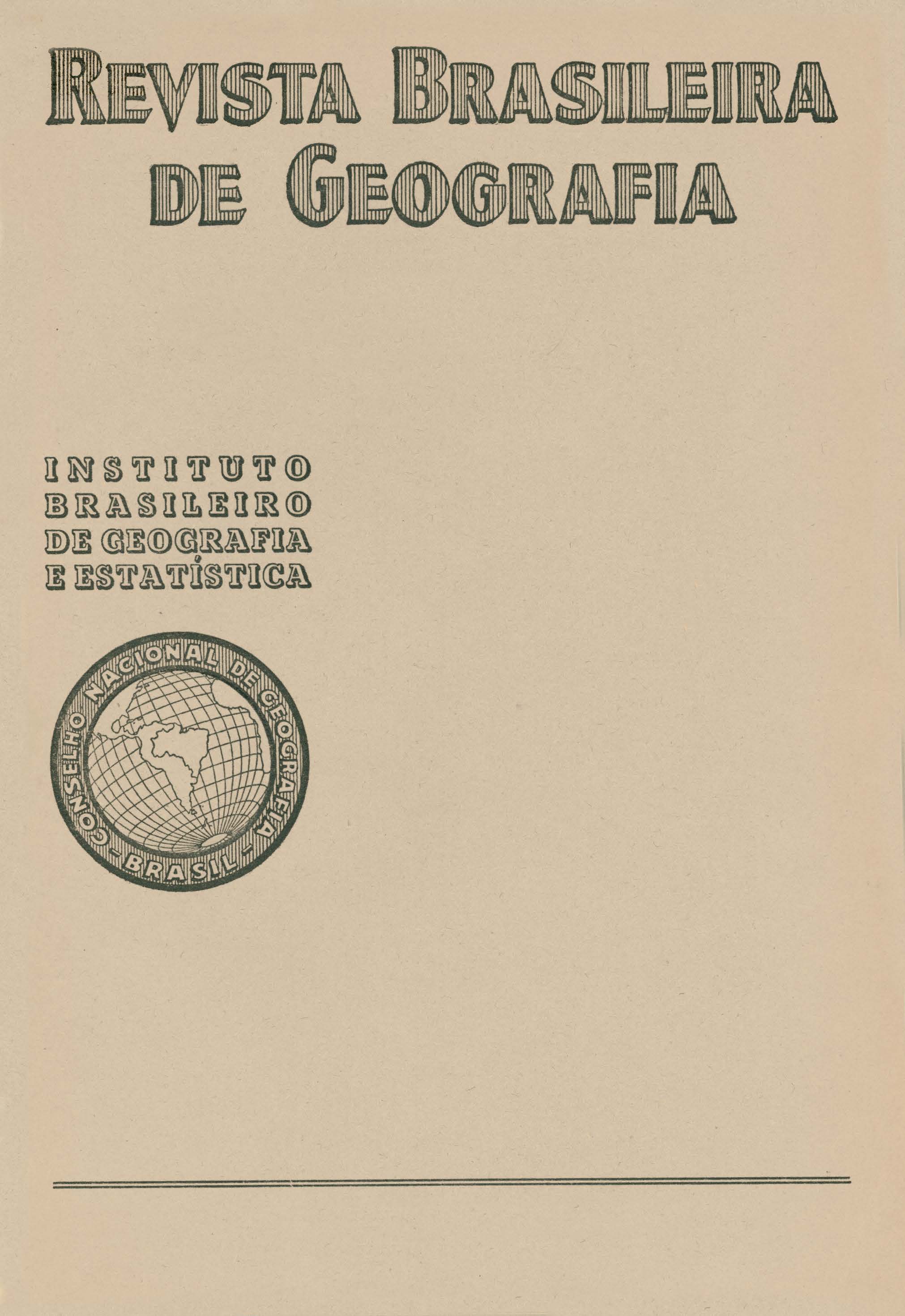As regiões naturais da Baía (ensaio duma divisão)
Keywords:
Bahia, Geografia regional, Geografia físicaAbstract
The Author, who is Technical Counsellor to the National Council of Geography (Division I- geographic methodology), begins the article by making general remarks on the present-day sense attributed to the idea of natural region, in geography.
Well acquainted with the State of Bahia, one of the 22 political units in which Brasil is divided, the Author presents an outline of the regional division of the State, this outline being still in the form of a rough sketch.
He distinguishes in the State seven well defined natural regions, viz:
I. The São Francisco Valley- semi-arid region, crossed by a great river, the waters of which retain Man, inasmuch as they allow him to cultivate the soil along the river banks and at the same time provide him with fish for bis nourishment;
II. The table-lands of Diamantina - an elevated and some-what arid central region, where the climate, rendered milder by altitude, allows cattle breeding and the cultivation of products of the temperate zone;
III. The "Sertão" (Wilderness) of the North- a region situated in a vast crystalline plain, zone of drought, characterized by irregular and rare rains, by non-perennial rivers and by typical xerophilous vegetation, the "caatinga";
IV. The "Reconcavo" - a region around the bay of Todos os Santos, - presenting a very high rainfall and having a typical soil called "massapé" (sort of slimy clay) - densely populated, with intensive culture of sugar cane and tobacco, and served by sea-routes;
V. The Forest Region of the South - a damp region (2.000 mm.) covered with strong vegetation, used for various plantations (cocoa, coffee, cereal and cotton) and for cattle breeding;
VI. The Coast- a region along the coast, provided with beaches and sands, where fishing predominates;
VII. The Table-Lands of the West- an elevated region, with few accidents, provided with fields ted for cattle breeding, having a semi-damp climated, and using chiefly river routes






